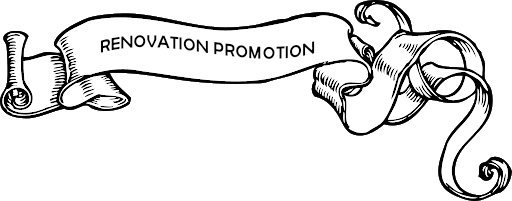The Ultimate Guide to Energy-Efficient Upgrades: Transforming Your Home into an Eco-Friendly Oasis

With environmental consciousness increasingly at the forefront of our minds, the importance of energy-efficient upgrades for our homes cannot be overstated. Not only do these upgrades help reduce our carbon footprint and lessen our impact on the planet, but they also offer significant benefits in terms of cost savings, comfort, and overall quality of life. From simple changes like upgrading insulation and lighting to more significant investments such as replacing windows and HVAC systems, there are countless ways to transform your home into an eco-friendly oasis while simultaneously maximizing energy efficiency and minimizing waste.
Let’s start by exploring one of the most fundamental aspects of energy-efficient upgrades: insulation. Proper insulation is essential for maintaining a comfortable indoor environment year-round by preventing heat loss in the winter and heat gain in the summer. By upgrading or adding insulation to key areas of your home, such as the attic, walls, and floors, you can significantly reduce energy consumption and lower heating and cooling costs. When selecting insulation materials, consider eco-friendly options such as recycled denim, cellulose, or spray foam made from renewable resources.
Next, let’s turn our attention to windows, which play a crucial role in both energy efficiency and overall comfort. Older, single-pane windows are notorious for poor insulation and air leakage, leading to drafts, hot spots, and high energy bills. By replacing old windows with energy-efficient models featuring double or triple-pane glass, low-emissivity coatings, and insulated frames, you can improve thermal performance, reduce heat transfer, and enhance indoor comfort. Look for windows with ENERGY STAR certification, which indicates compliance with rigorous energy efficiency standards set by the Environmental Protection Agency (EPA).
Another area ripe for energy-efficient upgrades is your home’s heating, ventilation, and air conditioning (HVAC) systems. Heating and cooling account for a significant portion of residential energy consumption, making them prime targets for efficiency improvements. Consider replacing outdated HVAC equipment with modern, high-efficiency models that use less energy to achieve the same level of comfort. Look for systems with high Seasonal Energy Efficiency Ratio (SEER) and Annual Fuel Utilization Efficiency (AFUE) ratings, as well as features like programmable thermostats, variable-speed motors, and zone control capabilities. Additionally, don’t forget to regularly maintain and service your HVAC systems to ensure optimal performance and efficiency.
In addition to insulation, windows, and HVAC systems, lighting also plays a crucial role in energy efficiency and overall sustainability. Traditional incandescent light bulbs are notoriously inefficient, wasting a significant amount of energy as heat rather than light. By replacing incandescent bulbs with energy-efficient alternatives such as light-emitting diodes (LEDs) or compact fluorescent lamps (CFLs), you can reduce energy consumption, lower utility bills, and prolong bulb life. LEDs, in particular, are highly efficient, long-lasting, and available in a variety of colors and brightness levels to suit any application.
Now that we’ve covered some of the key energy-efficient upgrades for homes, let’s discuss how to assess energy usage and maximize savings through smart home technology. Start by conducting a comprehensive energy audit to identify areas of inefficiency and opportunities for improvement. This may involve examining utility bills, conducting a home energy assessment, or using online tools and calculators to estimate energy usage and potential savings. Once you have a better understanding of your home’s energy profile, you can begin implementing targeted upgrades and modifications to optimize efficiency and reduce waste.
Smart home technology offers a wealth of opportunities for maximizing energy savings and enhancing overall comfort and convenience. From programmable thermostats and smart lighting systems to energy monitoring devices and home automation platforms, there are countless ways to integrate smart technology into your home to make it more energy-efficient and eco-friendly. By automating heating and cooling schedules, adjusting lighting levels based on occupancy, and remotely controlling appliances and devices, you can minimize energy waste and reduce your environmental impact without sacrificing comfort or convenience.
Transforming your home into an eco-friendly oasis through energy-efficient upgrades is not only good for the planet but also for your wallet and overall quality of life. By investing in insulation, upgrading windows, replacing outdated HVAC systems, upgrading lighting, assessing energy usage, and maximizing savings through smart home technology, you can create a more sustainable and comfortable living environment for yourself and future generations to enjoy.











